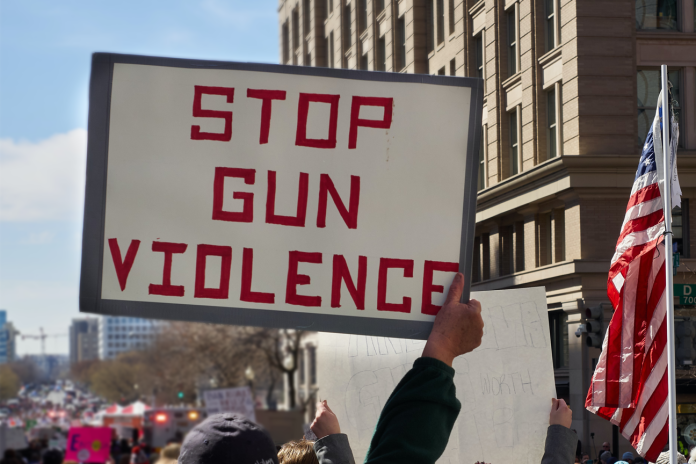The Department of Justice announced grant awards totalling $100 million today to assist communities across the United States in reducing gun crime and other serious violence.
The announcement came during a visit by Department officials to Baltimore, Maryland, which is home to three community-based organizations that have received funding through the Department’s Office of Justice Programs (OJP) Community Violence Intervention and Prevention Initiative.
The awards were announced by OJP Principal Deputy Assistant Attorney General Amy L. Solomon at a roundtable meeting with Baltimore youth hosted by Roca Inc., one of three organizations in the city receiving funding.
OJP’s Bureau of Justice Assistance, Office of Juvenile Justice and Delinquency Prevention, and Office for Victims of Crime jointly administer the grants.
The National Institute of Justice of the Office of Justice Programs will also support evaluations of projects funded through this initiative, adding to the growing body of evidence on the effectiveness of violence intervention strategies.
According to a Bureau of Justice Statistics analysis of data from the FBI’s Supplementary Homicide Reports, more than half (56%) of the victims in the more than 21,500 murders known to law enforcement in 2020 were between the ages of 15 and 34.
According to research, social factors such as income inequality, trust in institutions, and a lack of economic opportunities are linked to firearm-related homicide rates.
Evidence also shows that fear and a desire for physical safety, rather than any criminal inclination, drive young people to carry and use firearms in most parts of U.S.
Community violence interventions are research-based and have a promising track record of reducing gun traffic, shootings, and saving lives.
The awards announced today, which are partially funded by the Bipartisan Safer Communities Act, represent a historic investment by the Department o
